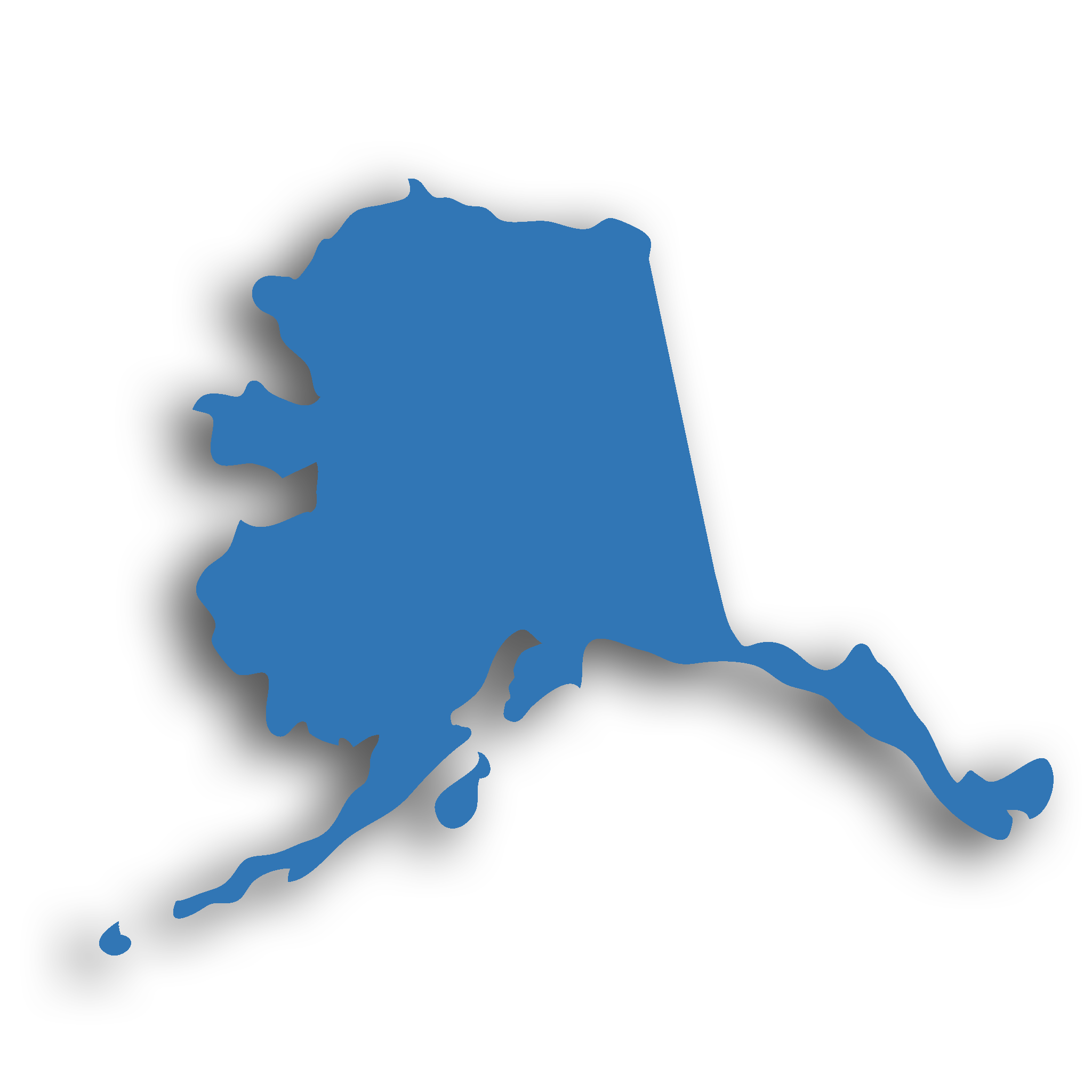2021 Uniform Plumbing Code (UPC) and the Changes from 2018

This is a State Board-approved online continuing education course for Journeyman Plumbers licensed in the State of Alaska. It is designed to offer a comprehensive overview of the 2021 edition of the Uniform Plumbing Code (UPC), providing plumbers and non-plumbers with an in-depth understanding of its structure, purpose, and practical application.
This online UPC interactive presentation covers key definitions, sections, articles, examples and tables of the 2021 UPC, aka, The Uniform Plumbing Code, and a summary of 2021 changes and updates. It encompasses all sixteen chapters of the UPC, whereby each chapter is thoroughly discussed, from general installation requirements to specialized systems and emerging technologies. The following chapters are briefly discussed below and illustrated in this course:
- Chapter 1 – Administration: Regulates the application, enforcement, and administration of subsequent requirements of the code. As well as establishing the scope of the code, this chapter is concerned with enforcing the requirements contained in the body of the code.
- Chapter 2 – Definitions: To maintain consistency and encourage the use of common terminology, chapter 2 establishes definitions to provide clarity of terms and promote the use of a common language throughout the code.
- Chapter 3 – General Regulations: Regulates the general requirements, not specific to other chapters, for installing plumbing systems. many regulations are not specific plumbing requirements but relate to the overall plumbing system.
- Chapter 4 – Plumbing Fixtures and Fixture Fittings: Regulates the minimum number of plumbing fixtures of a specific type and quality for each building.
- Chapter 5 – Water Heaters: Regulates the design, approval, installation, and safety devices of fuel burning and other types of water heaters with the combustion air requirements for ventilation and dilution of flue gases for appliances installed in buildings.
- Chapter 6 – Water Supply and Distribution: Regulates the design, material and installation of water supply and distribution systems, including residential fire sprinklers.
- Chapter 7 – Sanitary Drainage: Regulates the design and installation of sanitary drainage systems to ensure they will work as intended.
- Chapter 8 – Indirect Wastes: Regulates indirect waste connections that are required for plumbing fixtures and plumbing appliances dealing with food preparation, dishwashing, potable liquids, and similar equipment.
- Chapter 9 – Vents: Regulates the material, design, and installation of vents.
- Chapter 10 – Traps and Interceptors: Regulates the material, design, and installation of traps, interceptors, and separators.
- Chapter 11 – Storm Drainage: Regulates the removal of stormwater from roofs, yards, paved areas, and similar areas.
- Chapter 12 – Fuel Gas Piping: Regulates the installation of gas piping in a building, structure or within the property lines of buildings up to 5 psi.
- Chapter 13 – Health Care Facilities and Medical Gas and Medical Vacuum Systems: Regulates the installation, inspection, testing, maintenance, performance, and safe practices for medical gas and vacuum systems located in health care facilities.
- Chapter 14 – Firestop Protection: Regulates piping penetrations of fire-resistance-rated walls, partitions, floors, floor and ceiling assemblies, roof and ceiling assemblies, or shaft enclosures through firestopping.
- Chapter 15 – Alternate Water Sources for Nonpotable Applications: Regulates gray water sources, reclaimed (recycled) water sources and on-site treated nonpotable water systems.
- Chapter 16 – Nonpotable Rainwater Catchment Systems: Regulates nonpotable rainwater catchment systems that include irrigation; toilet and urinal flushing with proper treatment; provisions where permits are required; maintenance of alternate water sources; and minimum water quality.
This online UPC interactive presentation is intended for plumbers and other technical personnel interested in learning about the Uniform plumbing Code. Participants will learn insights into the most recent updates, with real-world examples that clarify how the code is applied in residential, commercial, and industrial settings. This course is designed to enhance knowledge of UPC compliance, safety practices, and effective system design. It is intended to emphasize clarity, accessibility, and real-life application, making it an ideal resource for professionals seeking to stay up to date with the latest standards in plumbing safety and installation.
This course is intended to provide Journeyman Plumbers licensed in the State of Alaska with the following specific knowledge and skills:
- To learn about the Uniform Plumbing code
- To familiarize with the UPC’s design and format
- To summarize the changes and updates to the UPC 2021
- To review key sections and tables in the UPC
- To provide consumers with safe and sanitary plumbing systems
- To provide uniform guidelines for installation, maintenance, and inspection
- To ensure plumbing materials and methods meet reliability and longevity standards
- To learn how to handle pipe leaks and plumbing repairs
- To gain an overview of water supply systems and their insulation
- To provide clear codes, terms and regulations for builders, inspectors, and plumbers to follow
Once you finish watching this interactive presentation, you will be redirected to your account to take a multiple-choice quiz consisting of forty (40) questions to earn 8 credit hours. The quiz will be based on this interactive presentation.
Upon successful completion of the quiz, print your Certificate of Completion instantly. For your convenience, we will also email it to you. (Note: if you are paying by check or money order, you will be able to print it after we receive your payment.) Please note that you can log in to your account at any time to access and print your Certificate of Completion.
We will provide you with a certificate of completion in support of your license renewal process.